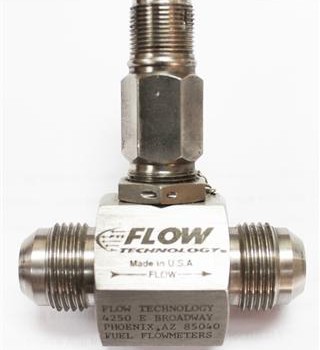At some point in time or the other, we all have watched WWII movies with planes flying high and pilots frantically tapping the fuel gage or some other instrument to make sure the indicator needle is not stuck and the display is working as intended.
Cut to 2015 and scene has changed. Today, not only do aeroplanes have modern high speed electrical and digital instruments to display a hundred different engine matrices and keep track of everything from cabin pressure to fuel pressure; they have built-in failure detection circuits that in turn keep track of the instruments themselves. No more tapping the dials to make sure they are display the correct information.
A modern aircraft has numerous high-speed electrical instruments for maintaining the aircraft on course and at the proper altitude. A single malfunction could end up in the pilots receiving erroneous information that could potentially impact flight safety. Even such an innocuous thing as flying in the wrong direction due to GPS failure could end up in disaster because the fuel tanks could go dry before the aircraft reaches its destination or be shot out of the sky for flying in restricted or airspace deemed dangerous.
Until a few years ago, the only way to ensure the displays were correct was by having a pair of critical flight instrument sets – one for the pilot and one for the co-pilot. If both sets displayed the same reading then everything was construed to be okay. In case of a problem, you would probably rightly guess that the problem would be to figure which set of aircraft instruments were correct and which were not. The only way out was for the pilots look at the other gauges and extrapolate from those. This was okay for twin and four engine aircraft but pilots flying a single engine aircraft EGT Gauge would probably have a more “interesting” flight – that is, assuming they managed to land safely.
Does having a set modern high-speed electrical instrument mean there are lesser chances of failure? Absolutely not! There are lots of things that can go wrong.
Modern twin and four-engine aircraft too have two sets of Aircraft Gauges instruments. But they also have a modern high-speed electrical gadget called the “comparator”. This keeps an eye on both sets of flight instruments. If one set displays information that is in any way different from the other set, the comparator brings it to the attention of the pilot via a visual and sometimes depending on the setting, accompanied by an audio alarm.
The most critical time for any aircraft is during take-off and landing. This is when the pilot(s) are concentrated on flying rather than looking at the Aircraft Precision Products. This is why modern high-speed electrical instruments with built-in failure detection circuits of the type manufactured by J.P. Instruments play such a vital role in modern day aircraft flight. The built-in failure detection circuit is an extra pair of eyes specifically focused on the flight instruments right from the moment the aircraft is powered up; up to the moment the power is switched off.
There are also separate aftermarket high-speed monitoring instruments available. These receive data feeds from various other instruments in the aircraft e.g. the pitch attitude, compass, glide slope, radio altimeter and so on. These are highly intelligent, programmable monitoring instruments.


You must be logged in to post a comment Login